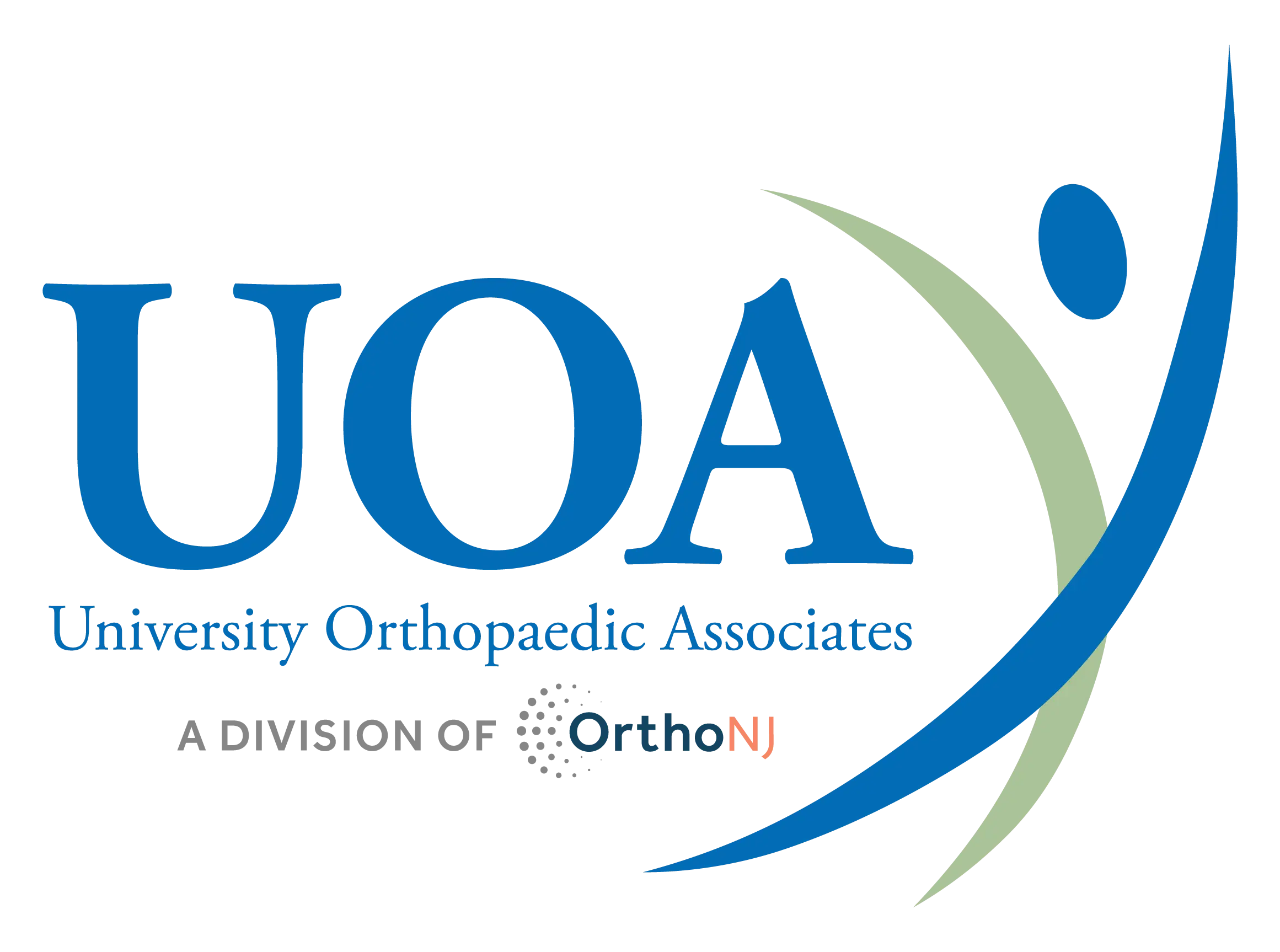Ongoing Studies
Rutgers IRB: PRO2021002413
Primary Investigator: Dr. Charles J. Gatt, Jr, MD
TITLE OF STUDY: Blood Flow Restriction vs Traditional Physical Therapy in the Non-Operative Treatment of Femoroacetabular Impingement- A Randomized Prospective Study
Purpose/Specific Aims:
Femoroacetabular Impingement (FAI) is a common cause of hip and groin pain in both adolescents and adults. The first line treatment of FAI is most commonly non-surgical, with an emphasis on core, gluteal, and lower back strengthening. When physical therapy and other non-operative modalities are not successful in relieving pain, hip arthroscopy is indicated, and has been shown to have a high rate of success in relieving groin pain and returning patients to their sport.
Blood flow restriction (BFR) is an adjunct to traditional physical therapy that continues to grow in popularity and evidence for its efficacy in the literature. BFR is increasingly being utilized to treat operative and non-operative conditions in physical therapy and athletic training settings. BFR involves adding a non-occlusive tourniquet to the arm or leg to partially occlude the arterial and fully occlude the venous flow during exercise. Compression of the vasculature results in muscle hypoxia, blood pooling, and increased intramuscular pressure below the cuff. This results in increased muscle strength and hypertrophy, which has a benefit in the treatment of conditions with muscle weakness and asymmetry such as FAI.
Although traditionally used to enhance muscle hypertrophy distal to the site of occlusion, there has been literature to support a proximal benefit in the upper extremity. We propose studying the results of BFR attached to the mid-thigh on the outcomes of FAI treatment.
Objectives:
Determine the effectiveness of BFR on traditional PT for non-operative management of FAI
Hypotheses / Research Question(s)
Blood flow restriction therapy, when added to traditional physical therapy, can improve isometric strength in the non-operative treatment of Femoroacetabular impingement
1) Does the addition of BFR to non-operative management of FAI improve hip strength and outcomes
2) Does the addition of BFR to the post-operative protocol for hip arthroscopy improve patient reported outcomes

